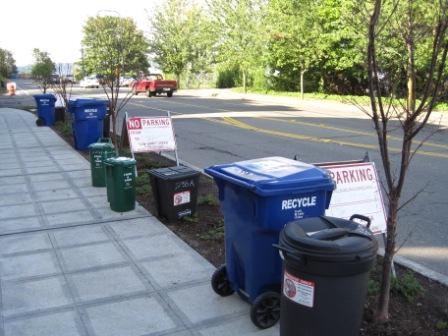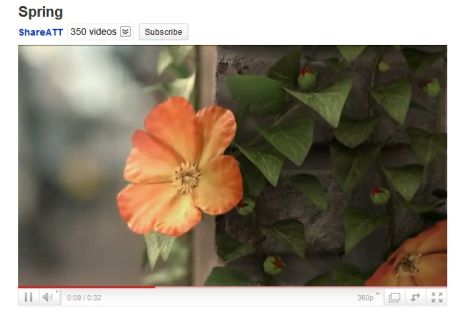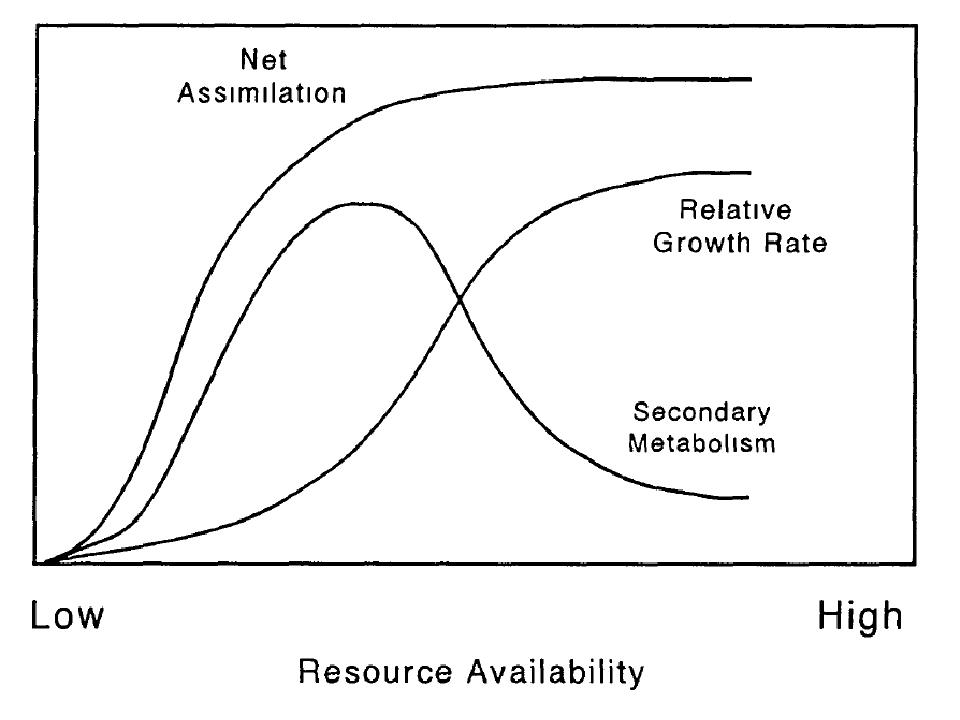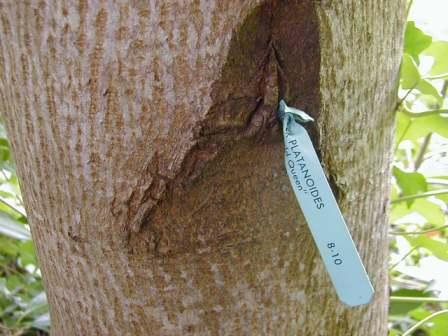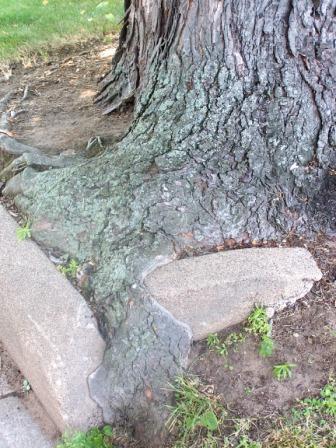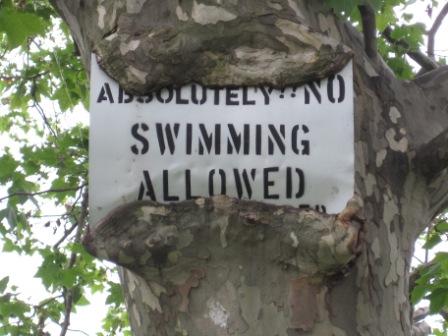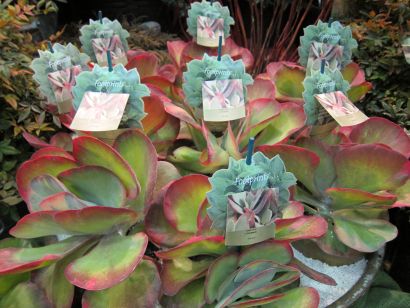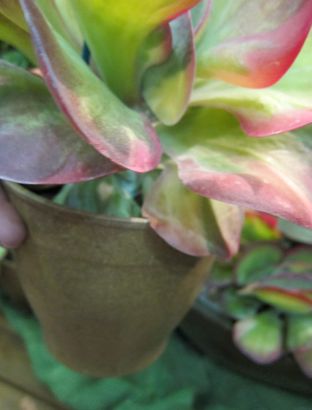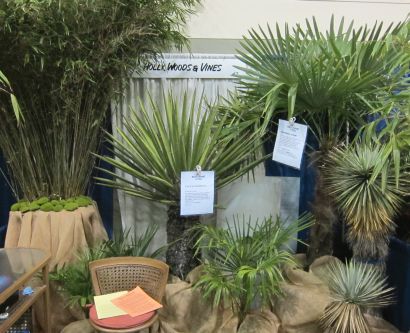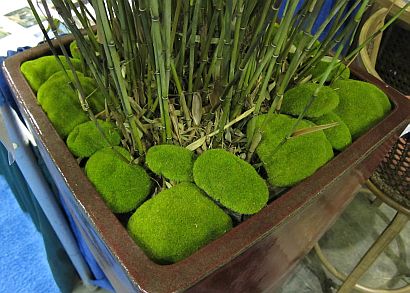
A few brave souls gave Friday’s homework assignment a good shot. Ryan did a nice critique of the bullet points; Kenny did a little digging on WFFF, the organization behind the email; and Tom chimed in with the fact that Israel managed to do this a long time ago without impairing plant health. Gold stars for all!
Here’s my initial analysis of the statements made, based on reading the bill (which you should do if you haven’t yet; it’s neither long nor difficult to understand):
WFFF: 1) The intent section contains scientifically inaccurate statements, creating a false precedent that turf fertilizer is a significant surface water pollutant and is not necessary for a healthy lawn.
The bill: The legislature finds that: (a) Phosphorus loading of surface waters can stimulate the growth of weeds and algae and that this growth can have adverse environmental, health, and aesthetic effects; (b) Lawn fertilizer contributes to phosphorus loading. Limits on fertilizer containing phosphorus can significantly reduce the discharge of phosphorus into the state’s ground and surface waters; (c) Fertilizer containing no or very low amounts of phosphorus is readily available and maintaining established turf in a healthy and green condition is not dependent upon the addition of phosphorus fertilizer; and (d) While significant reductions of phosphorus from laundry detergent and dishwashing detergent have been achieved, similar progress in reducing phosphorus contributions from fertilizer has not been accomplished.
LCS:There is no identification of the “scientifically inaccurate statements” in the intent section, and as far as I can tell the statements are accurate. The WFFF statement also misdirects the reader into believing that the intent section states that “turf fertilizer…is not necessary for a healthy lawn” when in fact the section (point c) states that healthy lawns can be maintained with low phosphorus fertilizers.
WFFF: 2) It grants the authority to regulate fertilizer sales and use to the Department of Ecology (Currently, the Department of Agriculture regulates fertilizer content and registers it for sale.)
LCS: It is unclear why this is a problem; both are state agencies.
WFFF: 3) It changes the definition of fertilizer used by the Department of Agriculture, creating confusion.
LCS: Where is the confusion?
WFFF: 4) It is inconsistent and will be ineffective because it exempts “natural organic sources.” Organic products are high in phosphorous. The ecosystem cannot tell the difference. All fertilizer should be regulated equally.
LCS: This is misleading. Not all organic products are “high in phosphorus”. Furthermore, the phosphorus in organic matter is usually bound up in compounds that must be degraded before the phosphorus is available, making organic matter more of a slow release material.
WFFF: 5) It fails to recognize the expertise of trained lawn care professionals, who should not be prohibited from providing quality service to their customers, including publicly owned golf courses, parks, and sports fields.
LCS: How is the “expertise of trained lawn care professionals” relevant to the bill, and how is this expertise not being recognized? In fact, the bill creates increased expert oversight by working with Washington State University Extension specialists (faculty) in setting standards for applying phosphorus fertilizers based on soil test results.
WFFF: 6) As written, it bans the use of phosphorous fertilizer for forestry, house plants, shrub beds, golf courses, sports fields and other uses. It is unclear as to private commercial property.
LCS: Unless there is a demonstrated need for phosphorus fertilizer (i.e. a deficiency verified by soil testing), there is no need to use it. The routine use of phosphorus fertilizer without establishing a need is the behavior this bill seeks to limit.
WFFF: 7) It bans the sale of phosphorous fertilizer for flower and vegetable gardens, forestry, house plants, shrub beds, golf courses, sports fields, and many other uses.
LCS: Again, unless there is a demonstrated need for phosphorus, it should not be routinely added to any garden or landscape.
WFFF: 8) It bans retailers, including farm stores and ag dealers, from displaying any type of fertilizer containing phosphorous.
LCS: This does not preclude people from purchasing it.
WFFF: 9) It fails to address the primary causes of impaired water quality. Regulating something because it’s easy without addressing root causes of the problem accomplishes nothing.
LCS: This statement fails to inform us what the “primary causes of impaired water quality” are. How do we know that fertilizer runoff is not one of these causes?


